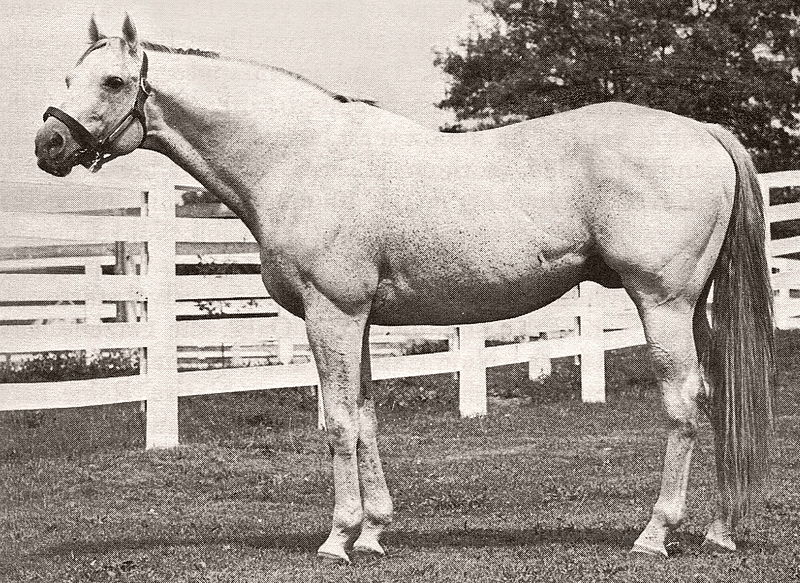Saturday’s G1 Travers Stakes highlights the new Hoofprint Walk of Fame which is located at the front entrance to Saratoga racecourse.
The Hoofprint Walk of Fame honours 30 of the greatest horses to ever have raced at Saratoga and 14 of them won the Travers Stakes.
Research into the breeding of those 14 winners shows a common denominator running through to the great sires Lexington and Native Dancer. “There is no doubt that endurance was Lexington’s most important quality as a sire,” sportswriter John Eisenberg said. “Many races in his era were four miles long, and he produced horses that could win at that distance.”
Lexington was born in 1850 and raced a total of 7 times for 6 wins. He was retired to stud in 1855 due to blindness, a condition also suffered by his sire Boston. Lexington sired 9 Travers winners and 3 of them are members of the Walk of Fame: Kentucky (1864), Harry Bassett (1871) and Duke of Magenta (1878).
The success of Lexington’s bloodlines continued into the 20th century through one of his daughters Aerolite. Her son Spendthrift easily won the 1879 Belmont Stakes and Spendthrift’s son Hastings won the 1896 Belmont.
In 1905, Hastings sired Fair Play whose sons included Man o’ War. Widely considered one of the greatest racehorses of all time, Man o’ War claimed the 1920 Travers. After a brilliant racing career, he went to the breeding shed and sired Seaplane, second-dam of 1939 Travers winner Eight Thirty.
Lexington’s bloodlines have been carried forward by Native Dancer who traces back to Lexington through Fair Play. In addition to Man o’ War, he also sired 1926 Preakness winner Display.
Display, notoriously fiery before his races, sired Discovery, the brilliant 1935 Horse of the Year. Discovery sired the filly Geisha who was bred to Polynesian in 1950. The offspring was Native Dancer, a big, grey horse who often came from behind to win his races with an overwhelming finishing kick.
Nicknamed the “Grey Ghost”, Native Dancer won 21 of 22 career starts, including the 1953 Preakness, Belmont and Travers Stakes. His only loss came when second by a head in the Kentucky Derby.
Owned by Alfred G. Vanderbilt II, he was the first horse made famous by television and appeared on the cover of Time magazine in May 1954.
Retired to stud that year due to a foot injury, Native Dancer went on to become one of the most influential stallions in racing history. He sired 43 stakes winners from 306 foals, and, particularly through his son, Raise a Native, and his grandsons, Mr. Prospector and Northern Dancer, became the dominant influence in many modern racing champions.
Mr. Prospector’s male-line descendants have included Travers winners Easy Goer (1989), Thunder Gulch (1995) and Point Given (2001).
Northern Dancer won the Kentucky Derby and the Preakness in 1964 and sired 147 stakes winners during an extremely successful stud career. His son Danzig sired 1985 Travers winner Chief’s Crown.
This year’s Triple Crown stars winner Orb (Kentucky Derby) and Palace Malice (Belmont Stakes) all trace back through Native Dancer to Lexington. So does recent Haskell Invitational winner Verrazano.
NATIVE DANCER
